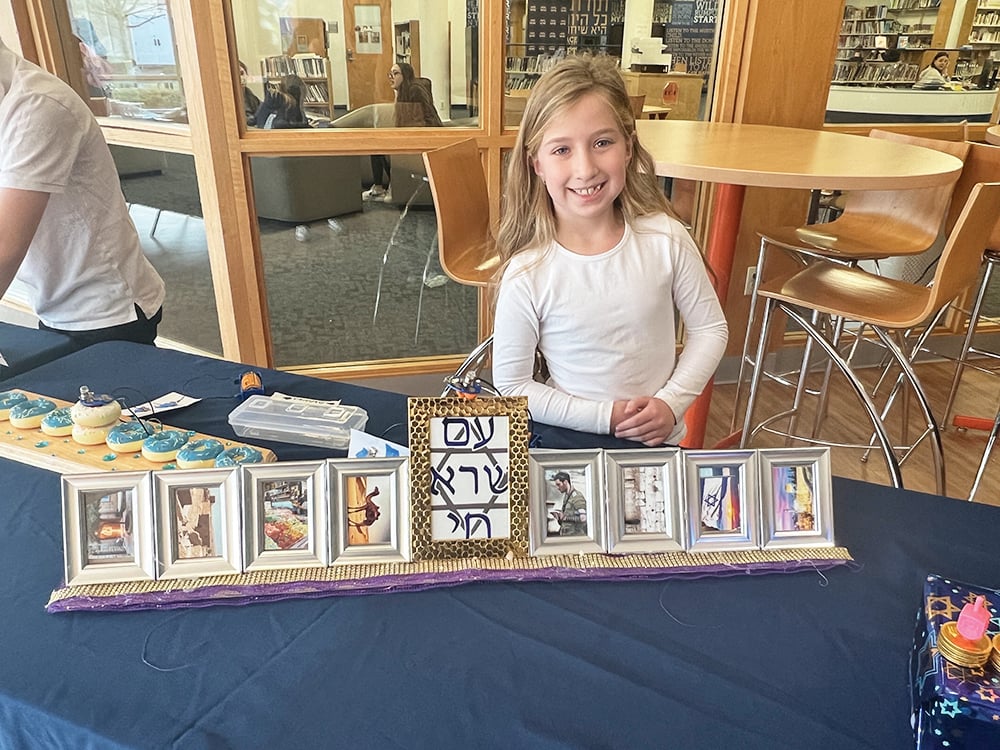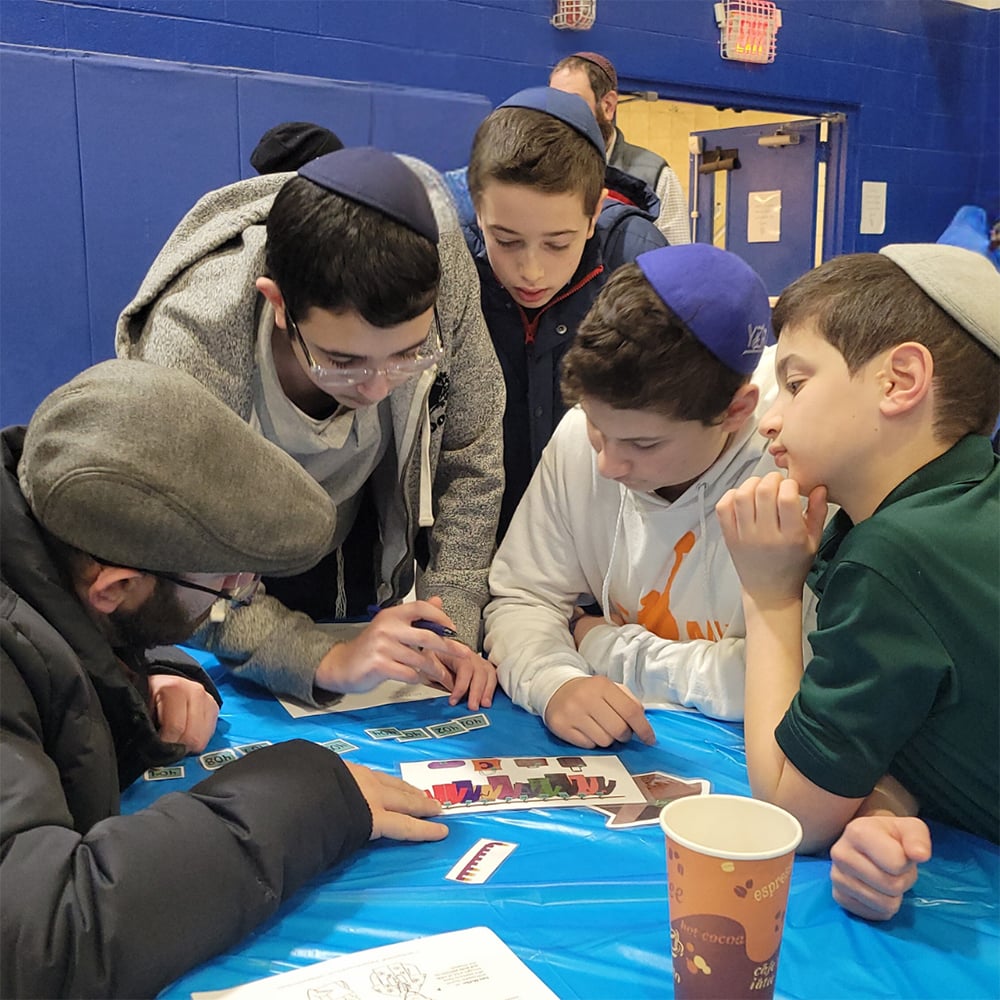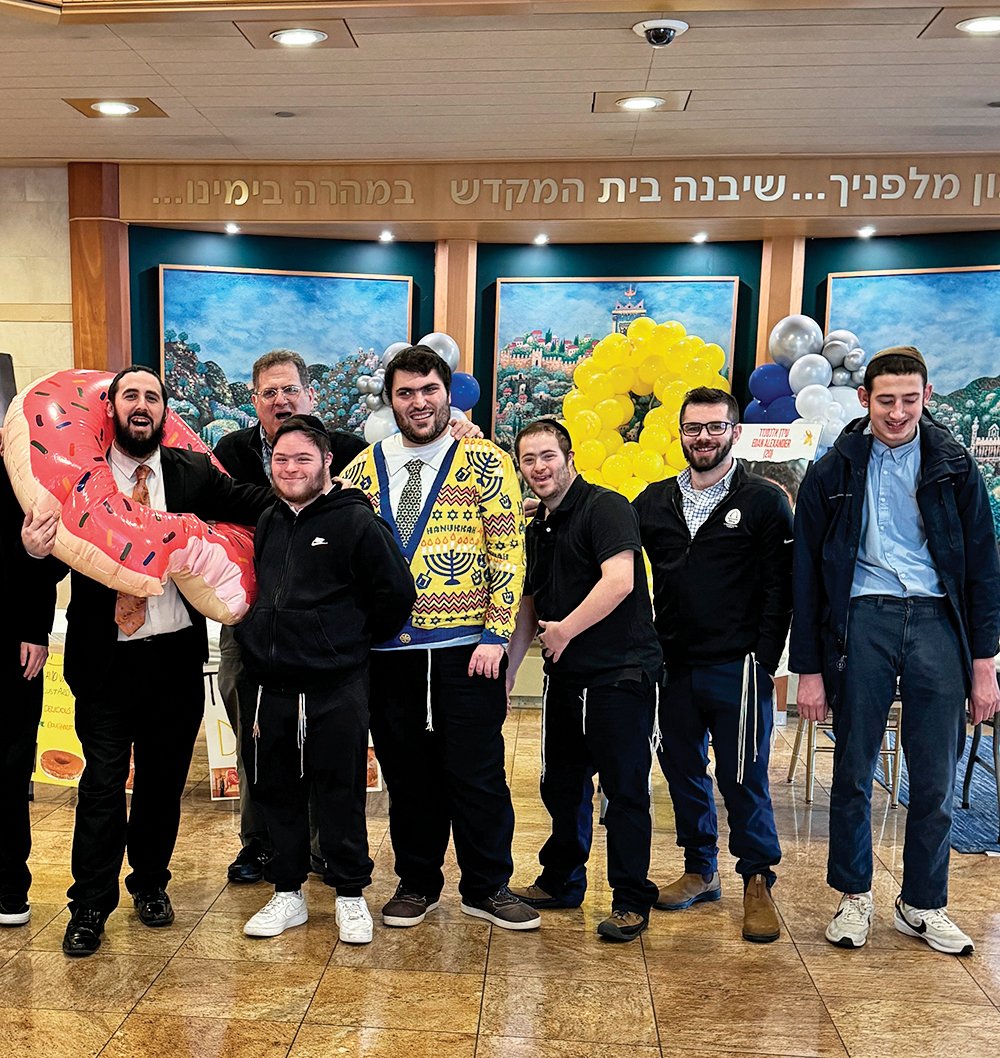This year on Parshat Zachor I had the privilege of watching one of my rebbeim being called up to the Torah for the special maftir of Zachor. Therein the Torah exhorts us to never forget how Amalek mistreated us, attacking our most vulnerable in the desert. As my rebbe started to recite the bracha on the Torah he began crying and struggled to finish. While walking with him later I gathered up the courage to ask him what in particular caused him to tear up. “I was born in 1944,” he said. “That year was one of the all-time worst for the Jewish people. Hundreds of thousands of people were killed, including so many children. I have felt it a personal responsibility, being born as a child in 1944, to dedicate the mitzvahs I do in memory of the children who couldn’t perform them. When it came to the moment of recalling what Amalek did to us, I thought of all the suffering that the modern Amalek did to all these Jewish children and choked up.” (Paraphrase based on my recollection.)
As I was thinking of Yom HaShoah and its relationship to education, this experience came to mind. I instinctively felt that this event that so moved me must be retold to the next generation. First and foremost, it reminds us all of our achrayut, responsibility, to carry on the sacred task that so many were deprived of fulfilling. As the Holocaust becomes a more distant memory it becomes all the more important to inculcate this value to the next generation.
From a chinuch perspective, I think there may be an even more important lesson. Having been taught how to perform rituals by rote at a young age, our adolescent and teenage children grow up seeking to find meaning in these practices. In terms of education, I find it useful to look at each mitzvah as having two dimensions, one particular and one general. Every commandment has its own particular purpose and reason, the ta’am hamitzvah. On the broader level, every mitzvah is part of the larger goal of performing the will of God. While both aspects are vitally important, I would like to focus on the latter one.
Many siddurim print a formula known as the Leshem Yichud to be recited before performance of a mitzvah. This formulation, supposedly first found in the writings of 16th-century Rabbi Eliyahu di Vidas in his Reishit Chochmah, has been the source of significant controversy for its esoteric Kabbalistic language. The translation on Sefaria reads: “For the sake of the unification of the Holy One, Blessed be He, and His Divine Presence, with fear and love and love and fear, to unify the Name of Yud Hei with Vav Hei with a complete unity, in the name of all Israel.” For the uninitiated, such language is indeed bizarre and could be misunderstood to endorse some form of plurality in God, Heaven forbid. Scholars such as the Noda B’Yehudah and later Rav Soloveitchik were against its recital for these reasons.
But that doesn’t mean we shouldn’t be encouraging some form of a Leshem Yichud. I know an educator who will announce in a sweet voice before every mitzvah the last words of the Leshem Yichud, “B’shem kol Yisrael—[I undertake this mitzvah] in the name of all of Israel.” I can still hear the melodious renditions of “B’shem kol Yisrael” from this rav’s Friday night dinner table. Such a recitation is a beautiful way for someone to connect through their mitzvah performance with the rest of the Jewish people. And this is in essence what my rebbe does, just for him every mitzvah is in the name of the kedoshim of the Shoah.
Even the other part of the Leshem Yichud is not necessarily off limits. One of my other rebbeim, Rabbi Mendel Blachman, explained the idea as follows (see Kesser Shem Tov 1:19 for further explanation in the name of the Baal Shem Tov). The L’Shem Yichud discusses the unification of HaKadosh Baruch Hu with the Shechina. The name HaKadosh Baruch Hu represents the aspect of God that is abstract and totally removed from us, the God of the negative theology of Maimonides. Shechina, by contrast, is the aspect of God that we experience, the feeling of Godliness in our life when we see a sunset or feel a moment of closeness at the Kotel. When we are about to perform a mitzvah, we pray that through the mitzvah we are able to unite the God of the abstract and the God of our experience—to tangibly bring God into the world.
This concept can also be explained on a much simpler level. Our goal is to bring Godliness into this world. Every time we do a good deed we are causing God’s presence to be felt. It is this powerful message we would be wise to impart to our children as well as remind ourselves. We all have the possibility of being vehicles for the expression of the Divine in this world. Every mitzvah we undertake is an opportunity to shine a little more light in the world, uniting us with God and the rest of the Jewish people.
Rabbi Zachary Rothblatt is a Judaic studies teacher at The Idea School.













